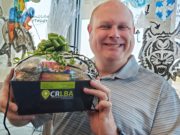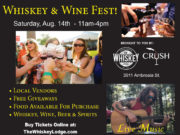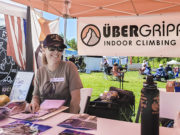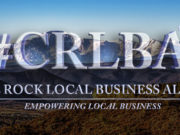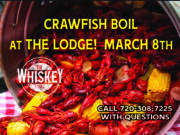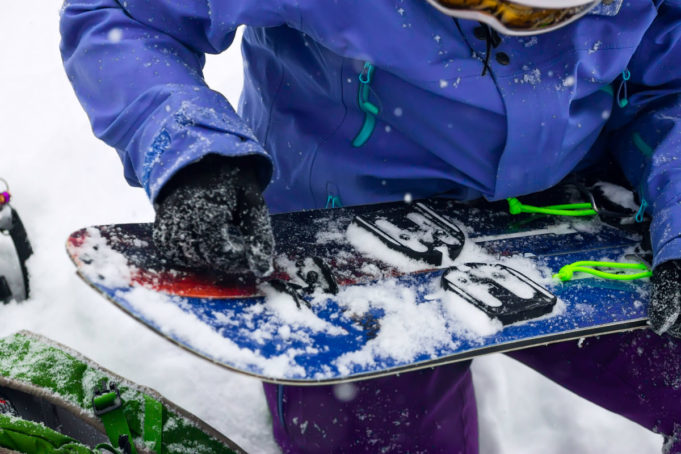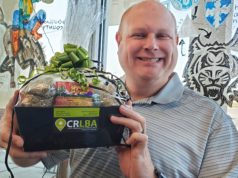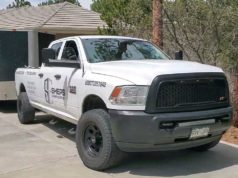Obsessed with developing a new way of exploring unchartered powder, a former Utah Avalanche Forecaster wanted some input on his new prototype from the founder of Voile, a back-country skiing company. When Voile CEO, Mark “Wally” Wariakois, saw the potential of the inventor’s innovative design, he decided to take a chance and use his company to partner with Brett ‘Cowboy’ Kobernick and introduce the splitbord. Since its launch in 1991, the splitboard has been gaining immense popularity all over the world with snow explorer enthusiasts.
“Splitboarding is just another way to explore winter environments,” remarked Brandon Slate, Adventure Specialist at Rocky Mountain Outdoor Center. “It’s a different way to experience the snow.”
With a name that basically explains its purpose, a splitboard is indeed a board with the ability to split into two pieces. It works like this. After choosing a snowy mountain to conquer, a user looking to access powdered backcountry on foot would take the assembled splitboard and cut it in half.
By disassembling the hardware on the board, you have two skis. They can then be used for climbing to the top of the mountain. And from your higher altitude, the skis can be put back together to make one complete unit. Voila! The ready-made snowboard can then be mounted to enjoy gliding down the snow-capped mountain.
Today, splitboards have continued to gain popularity among powder enthusiasts looking for fun. Their attraction is due to its utility and the bottom surface design. Splitboards have skins on the bottom surface that act like snow cleats, making them more efficient than using snowshoes or hiking.
Likewise, because their inventor was an avalanche forcaster, the splitbord was designed out of necessity. They are the ideal way to research backcountry snow activity. When the board is split into ski mode, a forecaster can use their own power to hike into unchartered territory to give warning about dangerous mountain conditions.
Whatever the reason may be, exploring backcountry terrain while using a splitboard could be for you. Don’t let the intimidating feelings of trying something new hold you back. All you need are some simple pieces of gear, a recommended introductory class and a knowledgeable guide to get started.
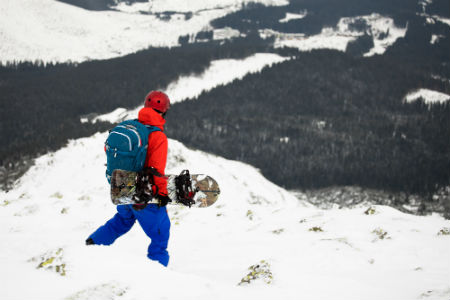
For attaining proper gear, there are two routes to go. As you want to pick a board that suits you, it is important to consider the terrain you will be riding, along with your weight ability and riding style.
This may also require doing some research on things specific bindings, splithooks, and tip and tail clips, in order to help piece together a suitable ride. “First timers should try out several types of boards and switch out gear so you can find what fits you best,” recommends Slate. “There are all sorts of demo days and educational events happening around the state, so it’s really easy to test some gear before you drop the cash.”
If that sounds a bit overwhelming, renting a 100% assembled splitboard from an authorized carrier might be a better way to go. They have a selection of models with the bells and whistles to fit almost anyone. Saving time in selecting parts for your ride will give your powder-brain more time to select where you want to go.
Slate also recommends taking an introductory course prior to heading out for the first time. That way you can get to know the basics about your new activity and how to troubleshoot any issues that could come up. “RMOC specializes in these courses,” Slate added.
If you are already an experienced backcountry explorer, then a more advanced class might better suit you. Attending an informative AIARE class can tell you how to operate safely in avalanche terrain, without a guide. “Taking a class at RMOC will teach you how to be safe when participating in snow sports,” said Slate. “We highly recommended getting instruction before heading out on your own.”
So, is 2020 going to be the year that you try something new? Yes! If you take the right steps to take on splitboarding, you and your guide could see powdered sights you never thought existed.


